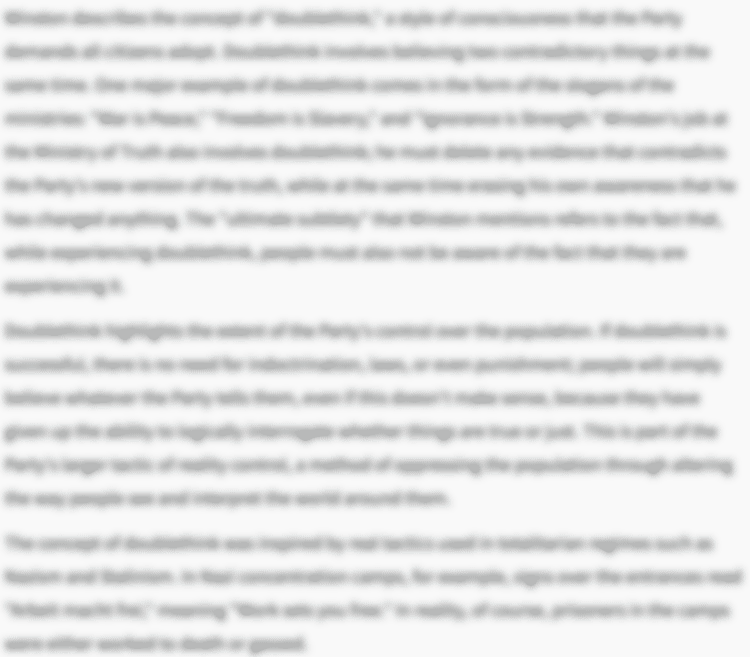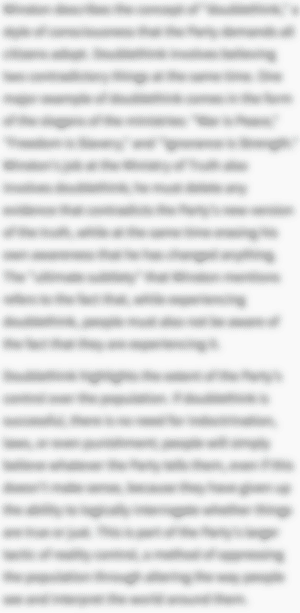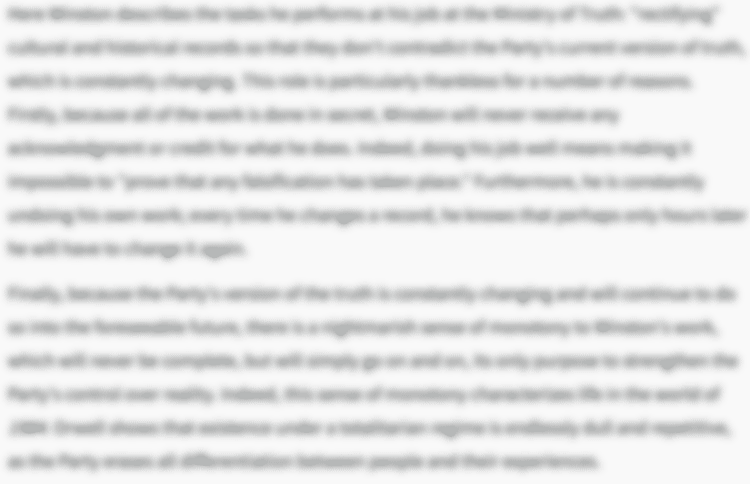Feminist Quotes in The Feminine Mystique
Only men had the freedom to love, and enjoy love, and decide for themselves in the eyes of their God the problems of right and wrong. Did women want these freedoms because they wanted to be men? Or did they want them because they were also human?

Unlock explanations and citation info for this and every other The Feminine Mystique quote.
Plus so much more...
Get LitCharts A+Did women really go home again as a reaction to feminism? The fact is that to women born after 1920, feminism was dead history. It ended as a vital movement in America with the winning of that final right: the vote. In the 1930’s and 40’s, the sort of woman who fought for woman’s rights was still concerned with human rights and freedom—for Negroes, for oppressed workers, for victims of Franco’s Spain and Hitler’s Germany. But no one was much concerned with rights for women: they had all been won. And yet the man-eating myth prevailed.
“What we need is a political movement, a social movement like that of the blacks.”












